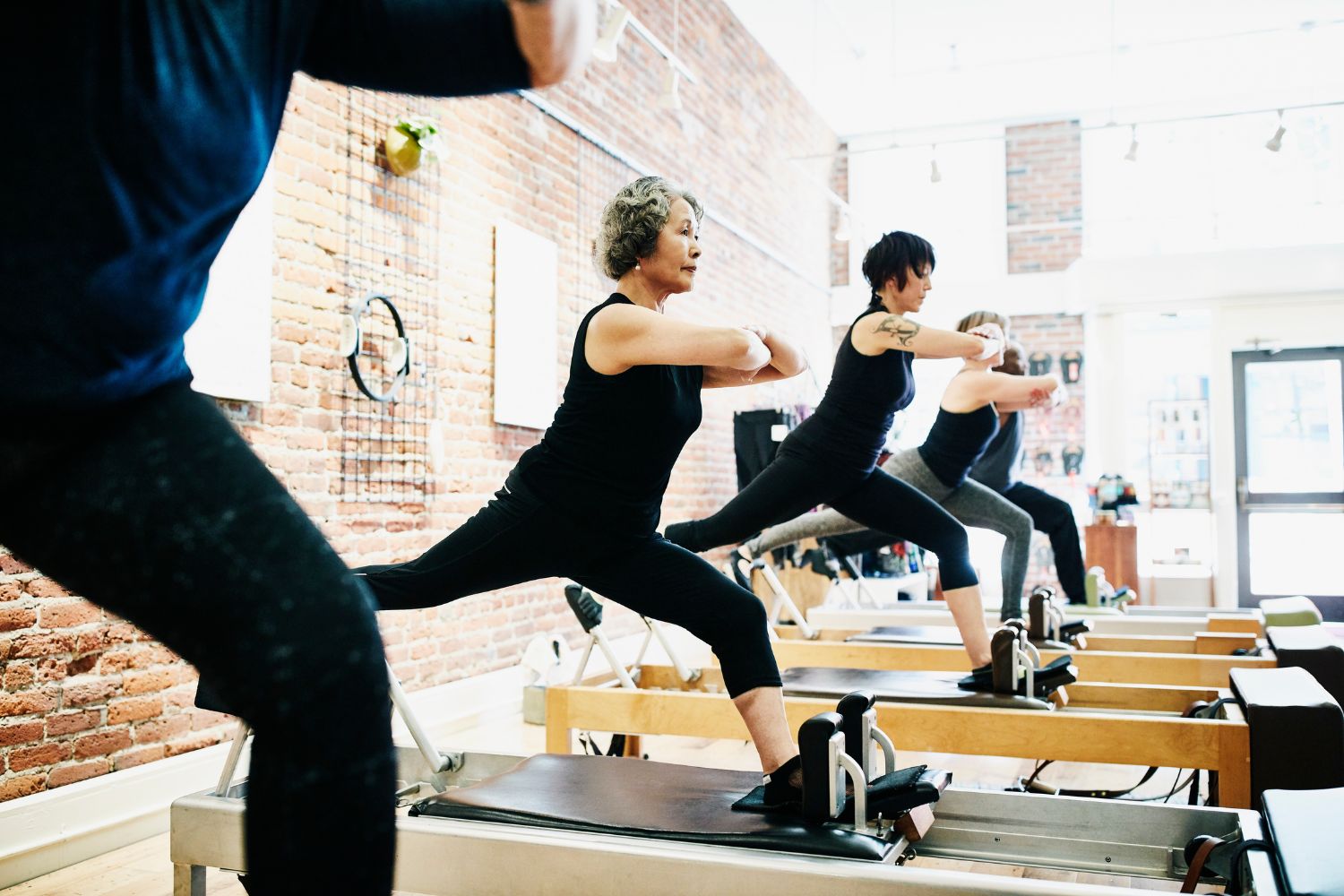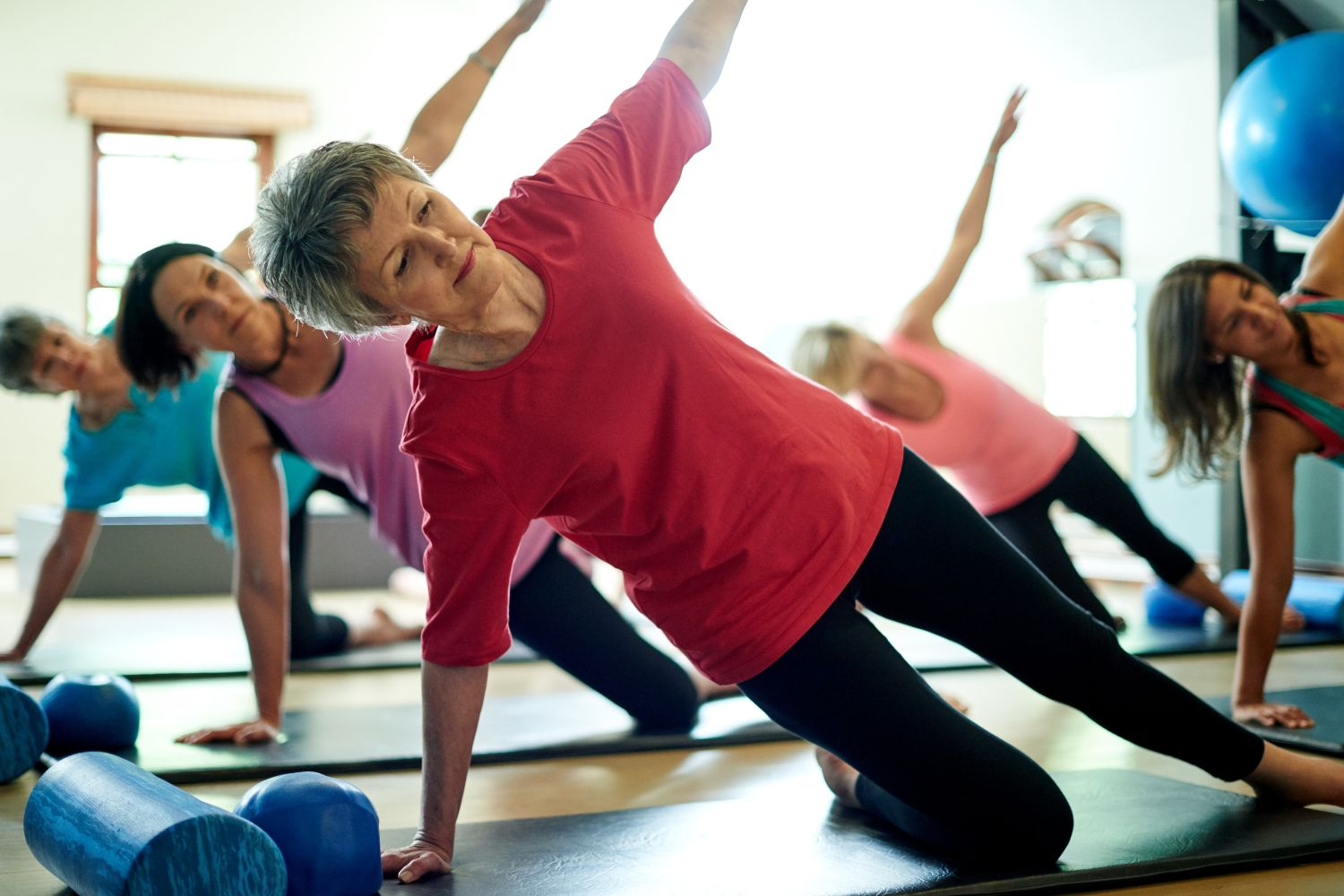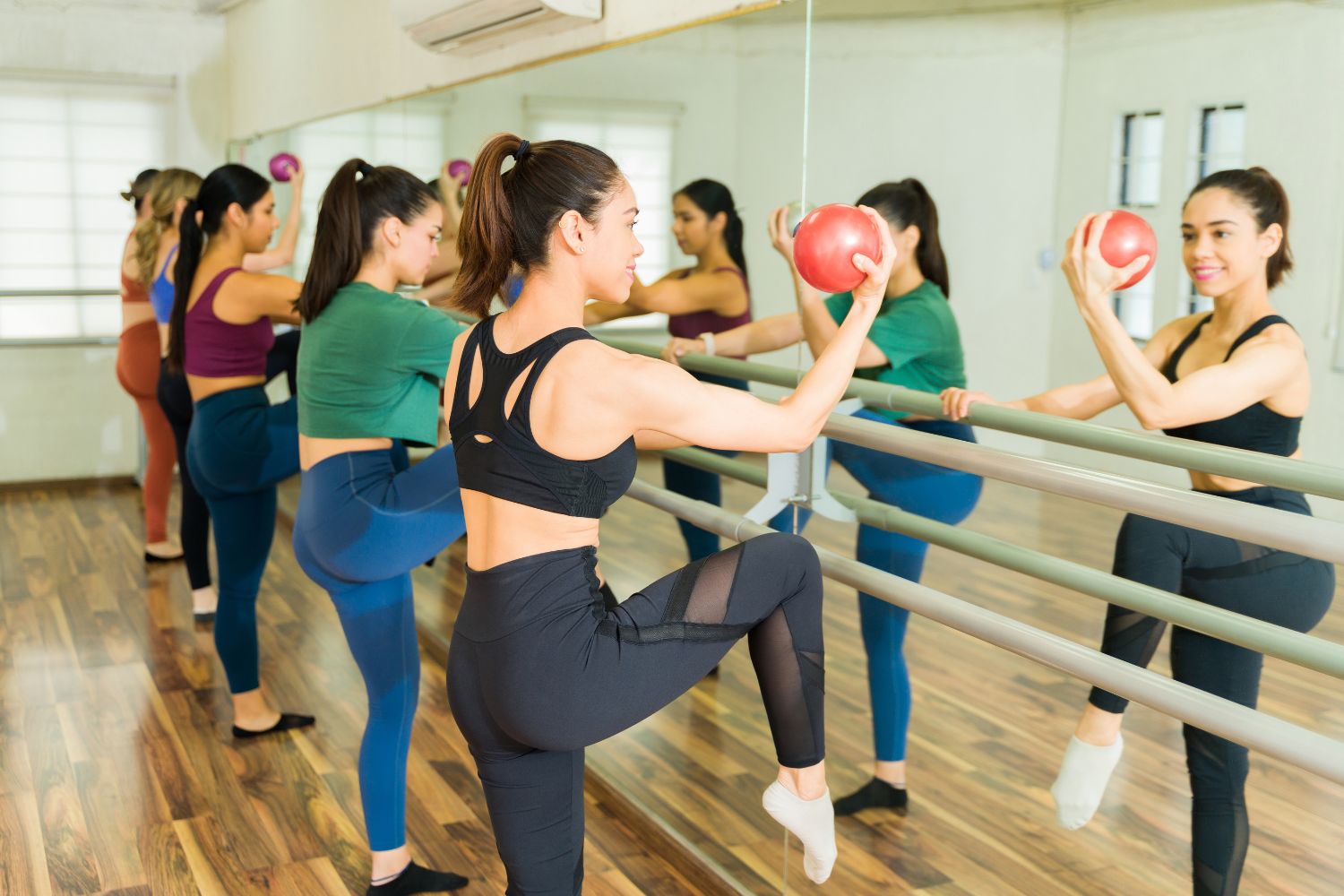When it comes to exercises that will help you stretch and strengthen your body, few are as effective as Pilates and ballet, both of which are endorsed by A-listers like Madonna and Kate Hudson.
These workouts are low-impact, great for strength and flexibility, and even dance-related, but it would be a mistake to assume they’re all the same – so how do you know which one is right for you?

Barre
“Barre is a workout inspired by the exercises that ballet dancers perform at the ‘barre’,” explains Laura Block, founder of Mode Pilates.
“Just as dancers use a barre to condition their bodies for physically demanding performances, we love that it provides stability and allows us to reach and tone all the little muscles.”
Barre exercises are very diverse and there are variations of barre exercises, both floor and standing Pilates exercises, as well as other bodyweight and cardio exercises that are done away from the barre and on a mat.
“Light weights, rings, Pilates balls and bands are often used to increase the burn and add an extra challenge,” says Laura.

Pilates
Pilates is divided into two categories: mat and reformer.
Although both involve precise movements and specific breathing techniques, there are some key differences and outcomes.
Mat Pilates
Mat Pilates is a mat-based workout that strengthens your core while improving your flexibility, strength and overall body awareness (you’ll feel muscles you never knew you had).
“It helps build strength, but because the resistance is limited to body weight, the focus is on toning and lengthening the muscles,” says Claudia Howard, head of wellness at One Playground and a pilates and barre instructor.
“It improves posture, promotes balance muscle development and enhances coordination.”
Laura adds that while the foundations of mat Pilates are similar to ballet, there are some key differences:
“Classical mat Pilates is generally a much more controlled, slow-paced exercise than ballet exercises, but that’s changing as the Pilates space evolves to align with functional fitness,” she says.

Reformer Pilates
The main piece of equipment in Reformer Pilates is, you guessed it, the Reformer, a sliding bed with springs that adds resistance and intensity to movements to make them more challenging.
“The Reformer is great for building strength, improving balance and coordination, and improving overall coordination,” says Claudia.
“It helps tone and shape your muscles, greatly improves your posture and increases your flexibility.”
The main focus is on controlled, precise movements that effectively engage the core and other muscle groups, specifically using the breath to lift the targeted area.”
As a result, the Reformer is particularly effective at building lean muscle mass.

Which is more effective: Pilates or ballet?
Whether your fitness goal is to improve flexibility or build strength, small differences between these exercises can have a big impact.
However, the average time it takes to see results across all three trainings is up to two months, so consistency is key.
“How quickly you see results will depend on a variety of factors, including your initial fitness level, consistency, effort and your individual body composition,” says Claudia.
But no matter what type of training you choose, you’ll need a quality pair of grip socks, and we recommend these affordable socks from Alvy.

